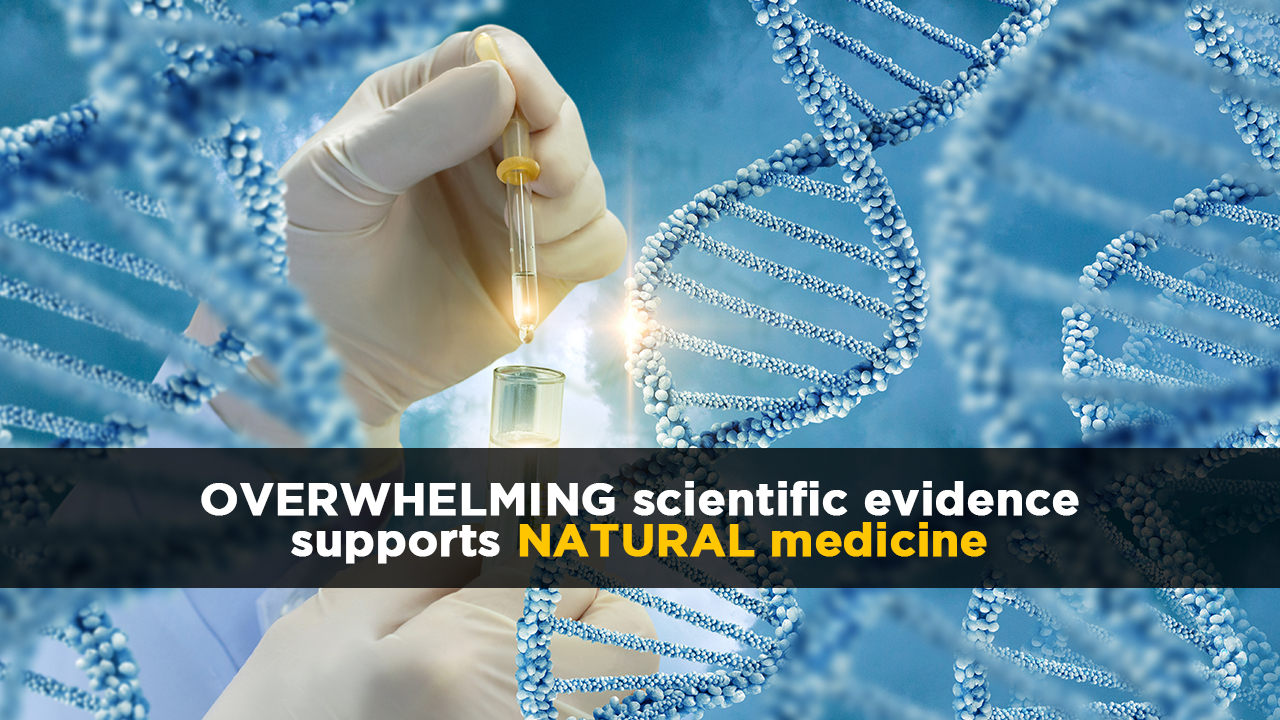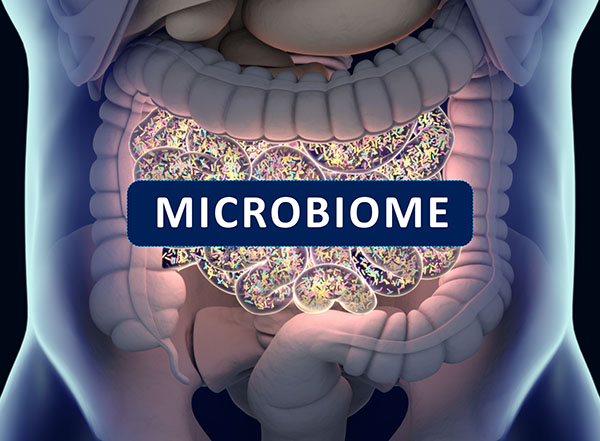John Nash Ott’s 1973 book explores the impact of light on human health and emotional well-being
02/19/2025 / By Arsenio Toledo

- John Nash Ott’s 1973 book, “Health and Light,” explores the impact of light on human health and emotional well-being, based on his research on plant growth and light exposure.
- Ott discovered that different wavelengths of light affect plant behavior, leading him to hypothesize that light could also influence animals and humans.
- Experiments with lab mice showed that exposure to full-spectrum light improved health, lifespan and behavior, while pink fluorescent light led to negative effects.
- Ott’s research revealed the critical role of light in regulating circadian rhythms, which affect sleep, mood, energy levels and immune function.
- Ott’s findings suggest that increased exposure to natural sunlight, reduced use of sunglasses and sunscreen, and the use of full-spectrum lighting indoors can improve health and potentially prevent chronic diseases.
In a world increasingly dominated by artificial lighting and indoor living, John Nash Ott wrote all the way back in 1973 about the profound impact of light on human health and emotional well-being.
Ott’s book, “Health and Light: The Extraordinary Study that Shows How Light Affects Your Health and Emotional Well-Being,” delves into the intricate relationship between light and life, revealing how different wavelengths and light exposure can influence everything from mood and energy levels to cellular behavior and disease prevention.
Ott, a pioneer in the field of light research, began his journey with time-lapse photography of plant growth. He noticed that altering the color of light in his experiments produced dramatic changes in plant behavior. Red light caused plants to grow taller but prevented flowering, while blue light promoted robust flowering. Green light, on the other hand, seemed to inhibit plant growth altogether. These observations led Ott to hypothesize that if light could have such a significant impact on plants, it might also affect animals and humans.
To test his hypothesis, Ott conducted a series of experiments with lab mice, exposing them to various types of light. The results were staggering. Mice exposed to pink fluorescent light exhibited aggressive behavior, lethargy and an accelerated development of tumors. Conversely, mice exposed to full-spectrum light, which mimics natural sunlight, thrived. Their lifespans increased, their behavior normalized and their overall health improved. These findings were consistent across multiple experiments, underscoring the critical role of light in biological health.
Ott’s research extended beyond the type of light to include the timing and duration of light exposure. He discovered that light plays a crucial role in regulating circadian rhythms, the internal biological clocks that govern various physiological processes. Just as plants have a built-in mechanism to open and close their flowers in response to light, humans have similar rhythms that influence sleep, mood, energy levels and even immune function.
One of the most intriguing aspects of Ott’s work is the impact of light on human health. He found that light entering the eyes stimulates the pituitary gland, which in turn influences a wide range of bodily functions. This discovery led Ott to explore the effects of different types of light on specific health conditions.
In one notable experiment, he worked with a group of cancer patients who were instructed to spend as much time as possible outdoors without sunglasses. The results were remarkable. Fourteen out of 15 patients showed no further progression of their tumors, and some even experienced improvements.
Ott’s findings suggest that modern life, characterized by prolonged indoor exposure to artificial light and the widespread use of sunglasses and sunscreen, may be contributing to a range of health issues.
Light pollution from artificial sources can disrupt circadian rhythms, leading to problems like depression, fatigue and potentially more serious conditions such as cancer. Ott’s advice is straightforward: Get outside, especially in the morning, and spend time in natural sunlight. If sunglasses are necessary, choose ones that do not block all ultraviolet light. When indoors, opt for full-spectrum lighting that mimics natural sunlight.
The implications of Ott’s research are far-reaching. In an era where mental health concerns and chronic diseases are on the rise, understanding the role of light in health and well-being could provide a simple yet powerful tool for prevention and treatment. Ott’s work serves as a reminder of the interconnectedness of nature and human health. It challenges the modern tendency to overlook the subtle yet profound ways in which our environment, including something as ubiquitous as light, can influence our well-being.
Watch this video going into detail regarding John Nash Ott’s seminal work “Health and Light: The Extraordinary Study that Shows How Light Affects Your Health and Emotional Well-Being.”
This video is from the BrightLearn channel on Brighteon.com.
Sources include:
Submit a correction >>
Tagged Under:
alternative medicine, circadian rhythms, full-spectrum light, holistic medicine, integrative medicine, John Nash Ott, light, Ultraviolet light
This article may contain statements that reflect the opinion of the author





















